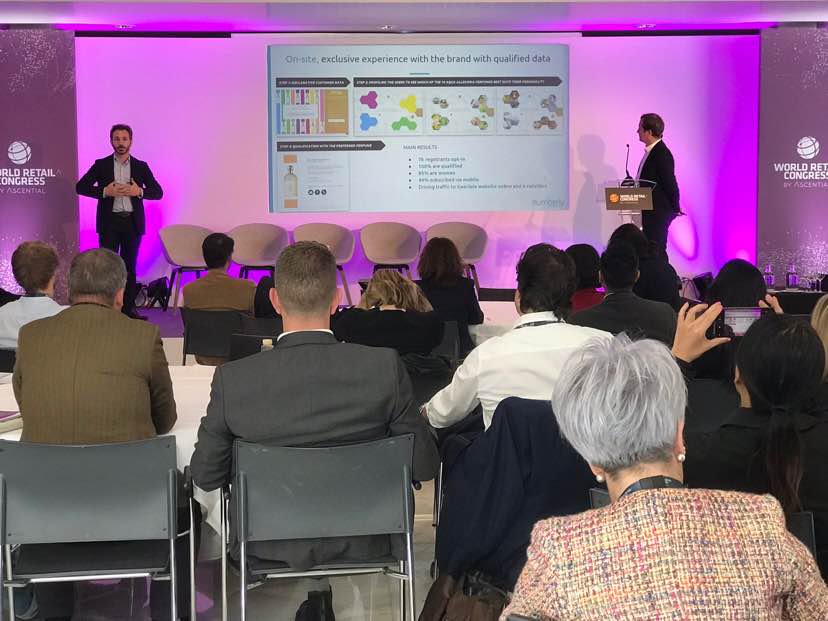1 – DTC
Direct To Consumer is more than a mere trend. Brands are increasingly eager to interact with their customers independently in order to understand their behaviours, needs and aspirations. As the customer journey becomes increasingly digital, new touchpoints are allowing them to do so at an unprecedented scale. Levi’s is using laser technology to customize their jeans on demand according to their customers’ preferences. In their words, they have gone from “Selling what they make” to “making what they sell”.
2 – Personalization
Mass communication seems to be a thing of the past. Personalization is the cornerstone of an insightful customer relationship that brings added value to the consumer. Data-savvy companies know to adapt their marketing strategies to their audience, but the products and supply chain can also be customized according to every particular customer’s tastes and needs. Personalization is at the core of Numberly’s collaboration with Guerlain. Numberly leverages on data to provide Guerlain’s customer with high-quality, relevant marketing messages.
3 – AI
From understanding unstructured data to the creation of innovative products, Artificial Intelligence is becoming increasingly powerful. But the rise of powerful AI makes human understanding, skills and abilities all the more critical to put meaning behind algorithms.
4 – Relationships
It’s all about relationships! The ability for brands to form strong relationships is a true game changer. It determines the strength of their collaboration with retailers, partners and suppliers and the loyalty of their customers. Trust plays an important role in the implementation of new digital trade models: the African e-commerce platform Jumia, for instance, now allows its customers to make cash payments upon delivery.
5 – People
Diversity in gender, skills, backgrounds, trainings… companies can’t do away with inclusivity if they wish to foster environments that breed innovation. Diverse teams are more fit to face the challenges of an increasingly complex world.
6 – Influencers
The power of social media influencers can sometimes seem limitless. Tommy Hilfiger is among the many brands that put such strategies as the heart of their marketing campaigns by building strong networks of local and global influencers. However, measuring the impact of investing in influencers is still a challenge. The ROI of influencer marketing is an important equation that data and marketing experts will have to crack in the near future.
7 – Experience
Physical touchpoints are not dead! In-store experience is still a priority for retailers: but this experience needs to be personalized by using the strength and precision of digital. A question remains for marketers, retailers and data experts alike: how to turn physical touchpoints into data collection hubs?


